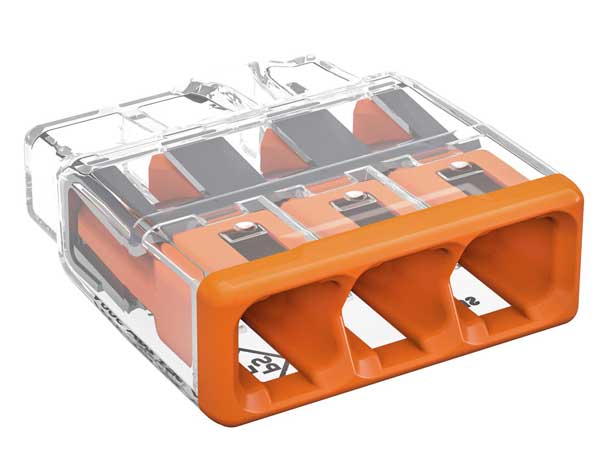Homeowner, don’t get angry as this is not meant to be ridicule toward you in any way. You made a comment that just isn’t true.
If it is you gig to not use the stab-loc that is perfectly fine with me but to make a statement that the stab-loc is somehow inferior is incorrect.
The yoke of all receptacles goes all the way through the device. This is what the grounding prong of the end cap plugs into. You can see it over the back of some and in some it is encased within the device but all of them pass from one end to the other.
All 15 amp receptacles are rated at 15 amps no matter how much they cost. All 20 amp receptacles are rated at 20 amps no matter how much they cost. The fin tab on all receptacles are rated for 20 amp pass through current. This is why that a 15 amp receptacle is okay on a 20 amp circuit.
What about these items?
Are you saying these are junk also?
ADDED TO ADD:
Someone that does nothing but service work has an advantage over someone who is bidding a job against many.
The service man will usually work for time and material but the man doing a bid for profit must make installations in a manner that turns a profit.
Then something else comes into play, the experience of the one doing the work. Should it be someone who has limited their experiences to one area they will not have the knowledgeable experience of someone who ventures into different aspects of installations. We learn from our mistakes.
A good example is the electrician who stands pat on not having receptacles and lights on the same circuit. They defend their thoughts with the statement of, I don’t want to be standing in the dark should the receptacles get overloaded and trip the breaker. I always ask a simple question, what if there is a power outage, where are you then? Did that waste of our natural resources somehow cause the light to stay on? I have been left standing in the dark due to power failure 1000 times for every time I was left in the dark due to a tripped breaker.
This line of thought that the stab-loc is somehow inferior just because we have found improper installations would be no different than someone saying that twist on wire connectors are somehow inferior because I am constantly finding wire nuts that have come loose. I think that all joints should be made using an exothermic welding process.

